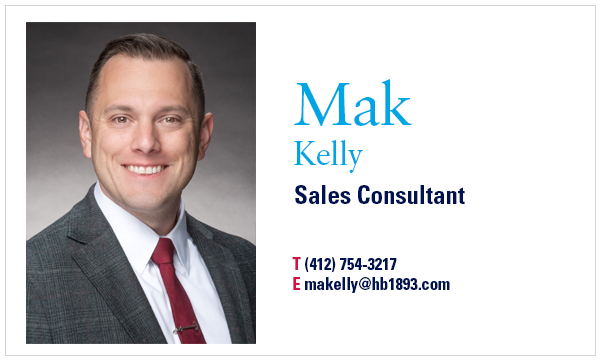By Mak Kelly, Sales Consultant for Commercial Lines
Two years after the COVID-19 pandemic caused thousands of businesses to close temporarily, businesses are now struggling to find workers to fill open positions. According to the latest numbers from the U.S. Chamber of Commerce, there are over 10 million job openings across the country, but only about 6 million unemployed workers. In addition, the tight labor market has contributed to higher wage expenses for businesses, constraints on operations due to a lack of workforce, and workplace culture challenges.
Many businesses have turned to staffing agencies and employee lease agreements to fill vacant positions. As workloads and hiring costs have become challenging to manage, these agencies assist business owners through periods of high turnover by taking care of the administrative aspects of hiring and paying employees.
As insurance brokers, our experts at Henderson Brothers can help businesses navigate the complexities of employee leasing agreements. However, we have noticed a troubling trend of coverage gaps in these agreements that expose companies to uncovered claims and suits from leased employees. Two endorsements, one for Commercial General Liability (CGL) and one for workers’ compensation policies, define the leased employees’ status and protect businesses from lawsuits when a temporary employee is injured on the job.
Workers’ Compensation and Leased Employees
When an employee gets injured at work, they typically file a claim, receive a workers’ compensation benefit, and return to work. When the employee accepts workers’ compensation benefits, they relinquish their right to sue for damages against the employer’s CGL policy.
However, a leased employee who gets injured will receive their workers’ compensation benefit from the staffing agency. This means they can sue the business where they were working when their injury occurred. Most CGL policies have exclusions for certain temporary or leased workers in the definition of covered employees, meaning that the CGL will not cover a suit resulting from a leased employee’s injury.
Alternate Employer Endorsement (WC 00 03 01 A)
One way to close this coverage gap is to require the staffing agency to endorse their workers’ compensation and employers’ liability policies with an Alternate Employer Endorsement. This endorsement names the business as the alternate employer for the leased workers, thus protecting them from further suits.
Coverage for Injury to Leased Workers (CG 04 24)
Businesses can also add a leased worker endorsement to their CGL policy. A leased worker endorsement amends the definition of an employee, removing the exclusion for leased workers and adding coverage in the case of a suit against the CGL policy.
These endorsements are helpful tools for business owners, but many other factors can come into play when leasing employees. For example, a CGL carrier may elect not to provide the Coverage for Injury to Leased Workers to a policy.
The treatment of leased and short-term employees is a hot-button issue for the Occupational Safety and Health Administration (OSHA) and the U.S. Department of Labor, as there is a great deal of confusion surrounding these worker classifications.
Businesses should always involve their insurance broker when they begin talks with a staffing agency to prevent uncovered claims. Contact me, Mak Kelly, or your Henderson Brothers’ consultant to protect your business and design the right coverage plan.
Please note that the information contained in this posting is designed to provide general awareness in regard to the subject matter covered. It is not provided as legal, medical, or tax advice, nor is it intended to address all concerns in your workplace or for public health. No representation is made as to the sufficiency for your specific company’s needs. This post should be reviewed by your legal counsel or tax consultant before use.



